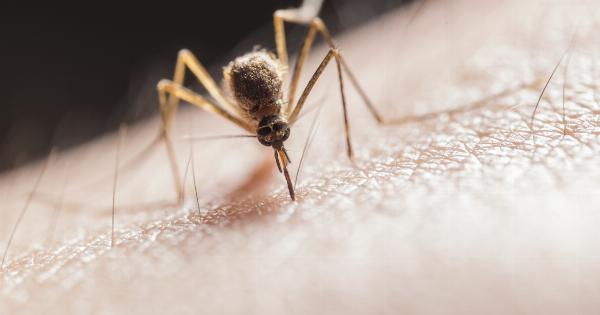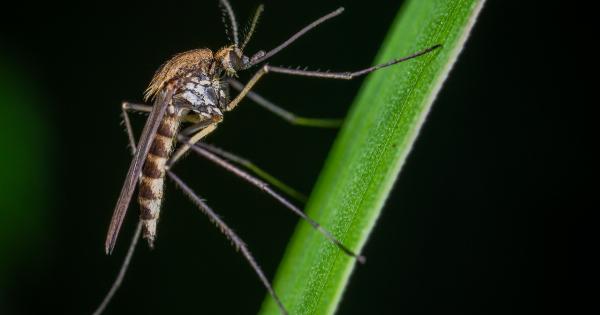Mosquitoes are parasites that feed on the blood of vertebrates, including humans. They are able to locate their hosts using a variety of cues, such as body odor, heat, and carbon dioxide (CO2) emission.
Understanding the science behind mosquito attraction is essential for developing effective strategies to prevent mosquito-borne diseases, including Zika, dengue, and malaria.
The role of body odor in mosquito attraction
Body odor is a key factor that attracts mosquitoes. Humans produce a variety of volatile organic compounds (VOCs) that are released through sweat and other bodily secretions.
These VOCs serve as chemical signals that enable mosquitoes to detect the presence of their hosts.
Researchers have identified over 340 VOCs that are associated with human body odor, including lactic acid, ammonia, and fatty acids. Mosquitoes are attracted to these VOCs because they signal the presence of a potential blood source.
The influence of heat on mosquito attraction
Another factor that influences mosquito attraction is heat. Mosquitoes are able to detect the body temperature of their hosts using specialized sensors located on their antennae.
When a host emits body heat, it creates a thermal plume that mosquitoes can follow to locate their target.
In addition to detecting body heat, mosquitoes are also attracted to warm areas of the body, such as the neck, head, and arms. These areas produce more heat and are more easily accessible for feeding.
The role of carbon dioxide in mosquito attraction
Carbon dioxide is a major attractant for mosquitoes. When we exhale, we release CO2 into the air, which acts as a signal that draws mosquitoes towards their hosts. Mosquitoes are able to detect even small concentrations of CO2 from up to 50 meters away.
In addition to detecting CO2, mosquitoes are also attracted to other volatile compounds that are produced by humans, such as octenol and lactic acid. These compounds are often used in mosquito traps and repellents to attract or repel mosquitoes.
The influence of clothing on mosquito attraction
Clothing can also play a role in mosquito attraction. Mosquitoes are attracted to dark colors, as they tend to stand out against the background. Wearing light-colored clothing can help to reduce the likelihood of being bitten by mosquitoes.
In addition to color, mosquitoes are also attracted to certain fabrics, such as wool and polyester. These fabrics produce more heat and moisture, which can make them more attractive to mosquitoes.
The impact of genetics on mosquito attraction
Genetics can also influence mosquito attraction. Some people are naturally more attractive to mosquitoes than others, based on their genetic makeup.
For example, people who produce higher levels of lactic acid or other VOCs may be more attractive to mosquitoes.
However, genetics are not the only factor that influences mosquito attraction. Environmental factors, such as diet, stress, and exercise, can also play a role in how attractive we are to mosquitoes.
Preventing mosquito bites
Preventing mosquito bites is essential for avoiding mosquito-borne diseases, such as Zika, dengue, and malaria. Some strategies for preventing mosquito bites include:.
- Wearing light-colored, loose-fitting clothing
- Using insect repellents that contain DEET or other active ingredients
- Using mosquito nets to protect against nighttime bites
- Eliminating standing water, as it provides a breeding ground for mosquitoes
Overall, understanding the science behind mosquito attraction is essential for developing effective strategies to prevent mosquito-borne diseases.
By utilizing a combination of personal protective measures and community-based interventions, we can work towards reducing the burden of mosquito-borne diseases worldwide.






























